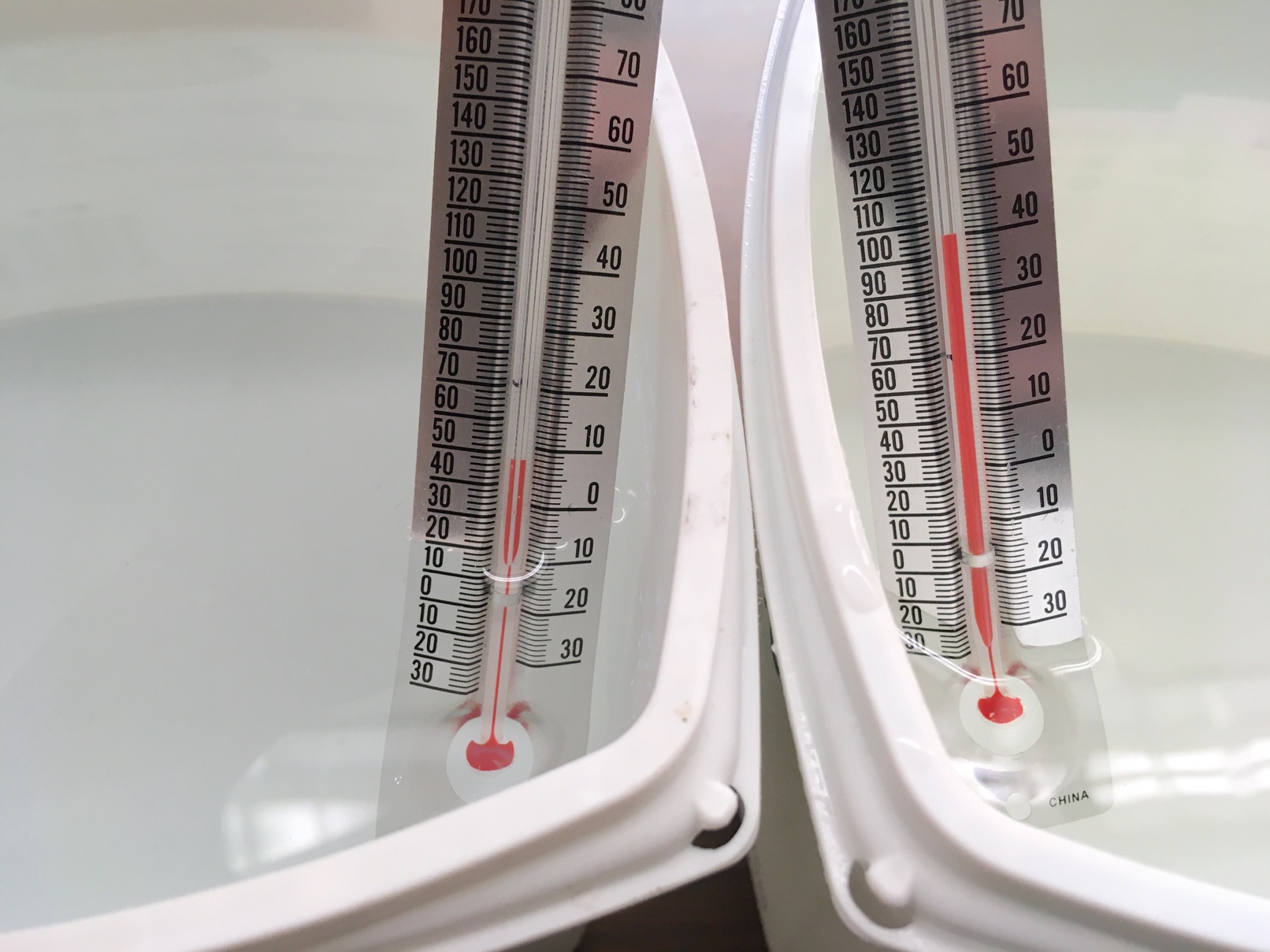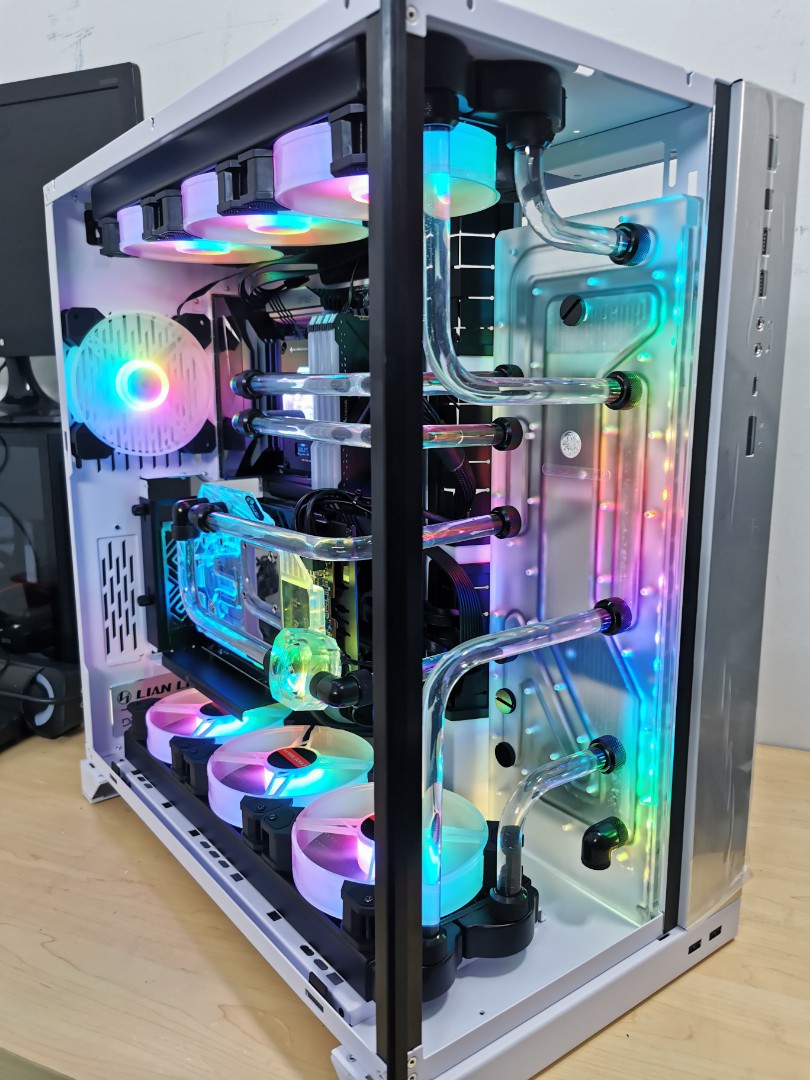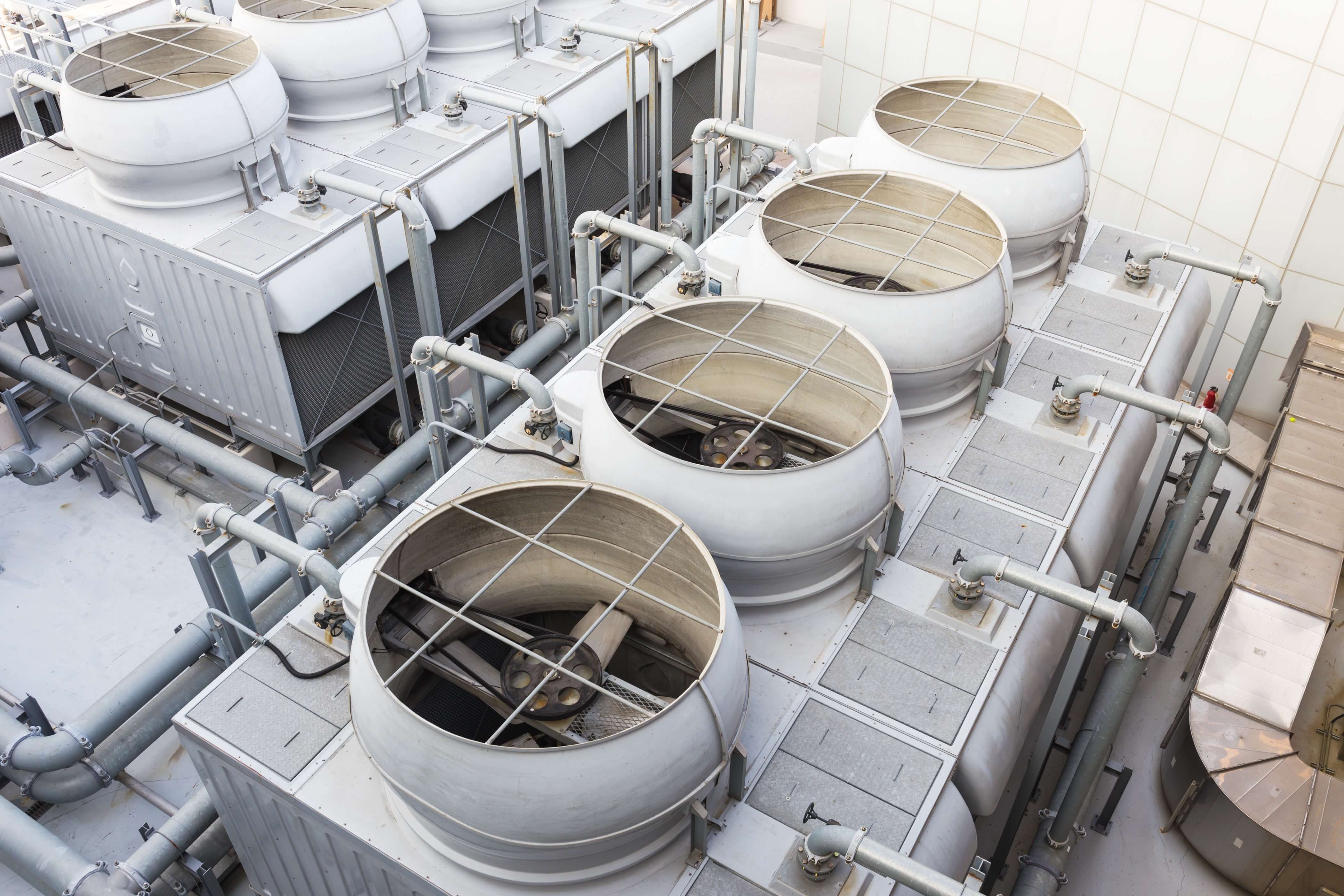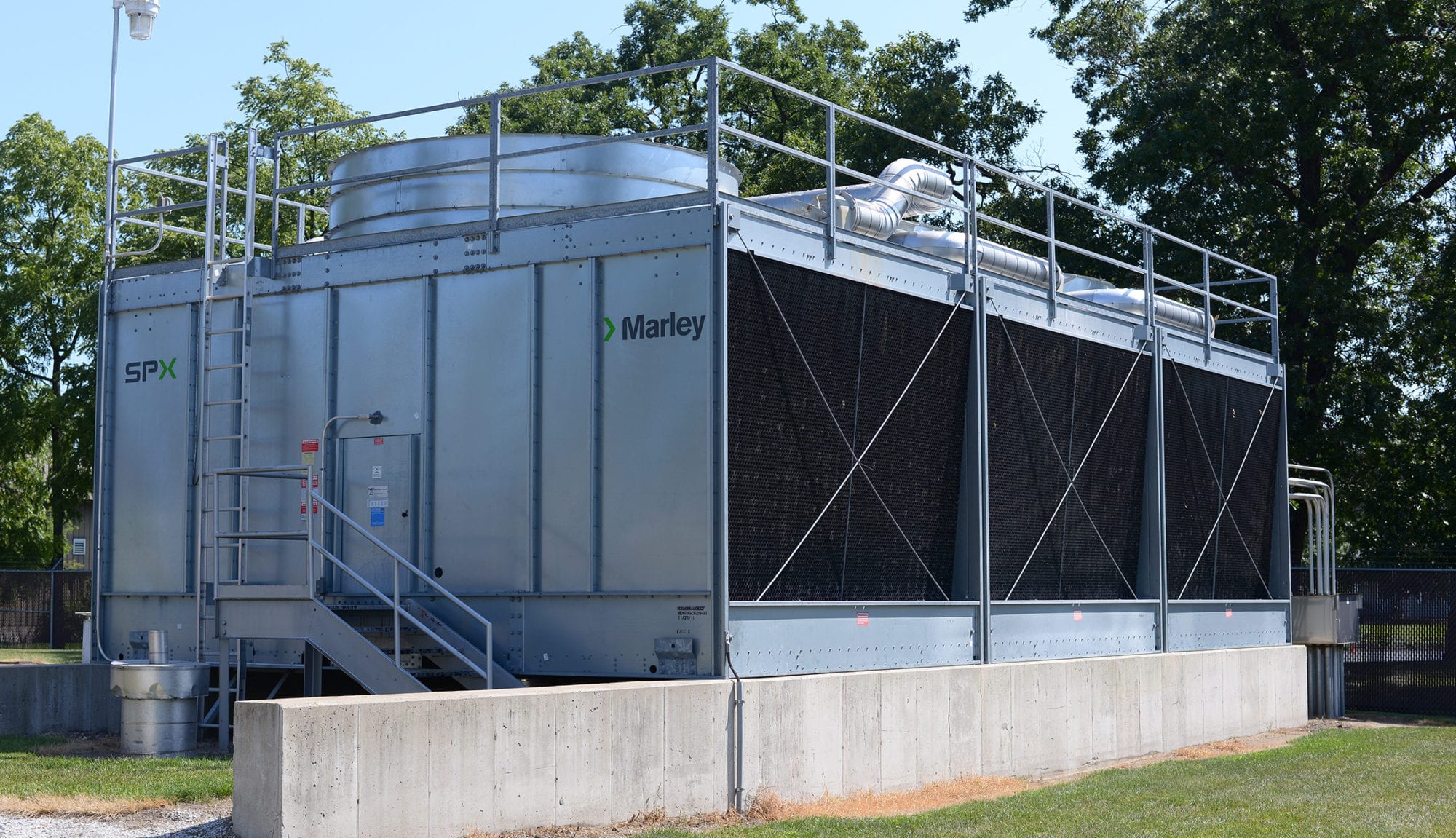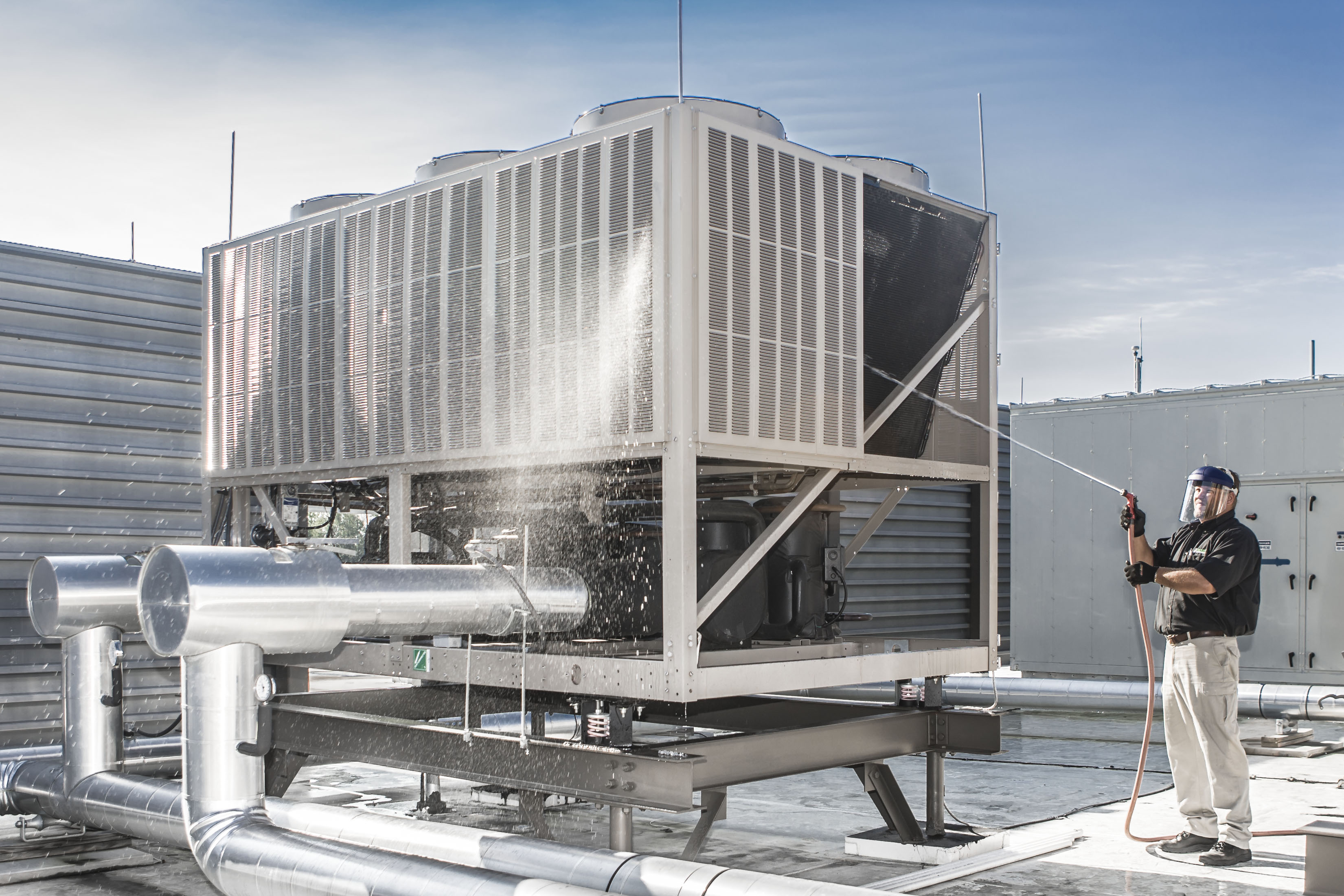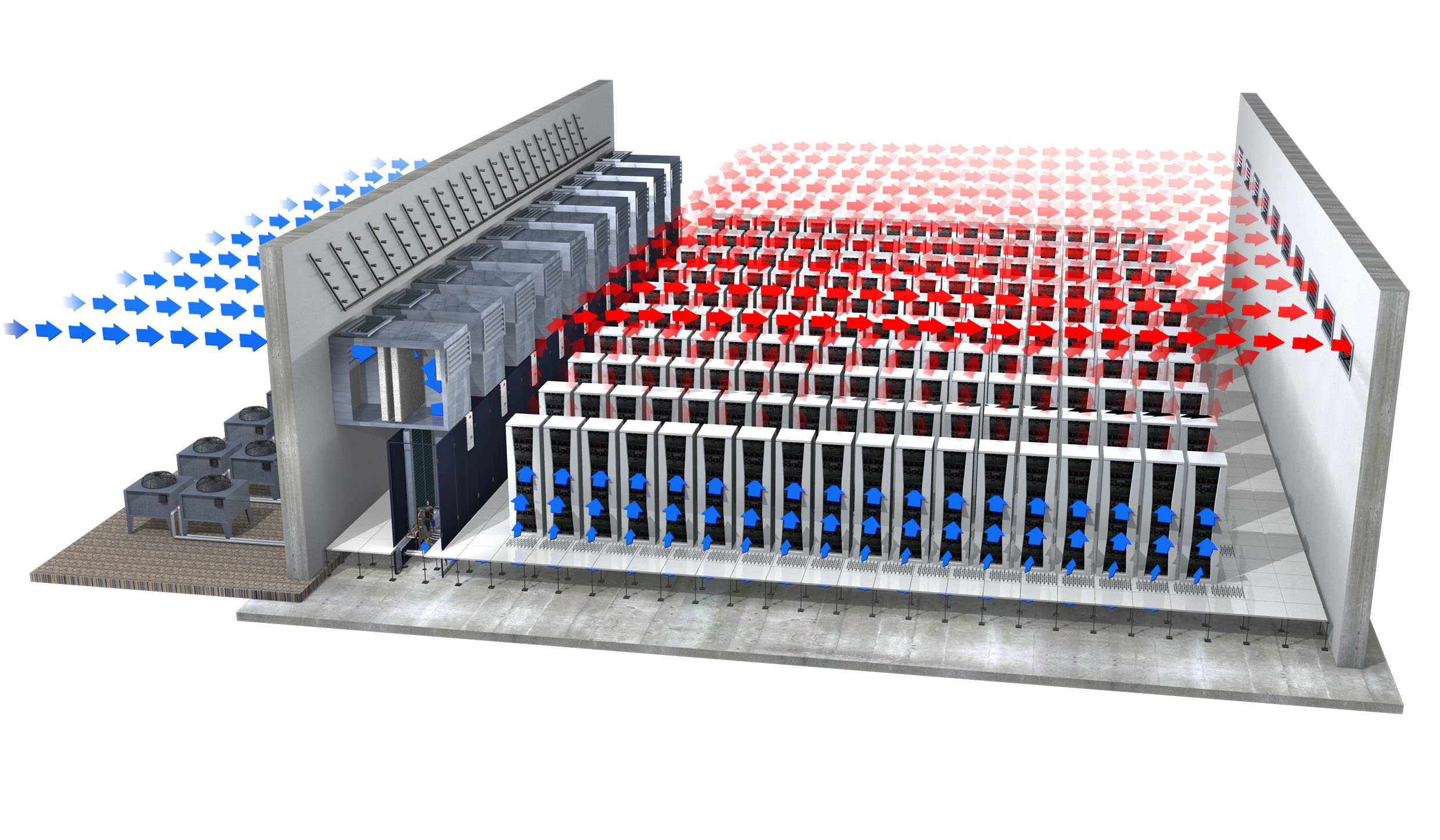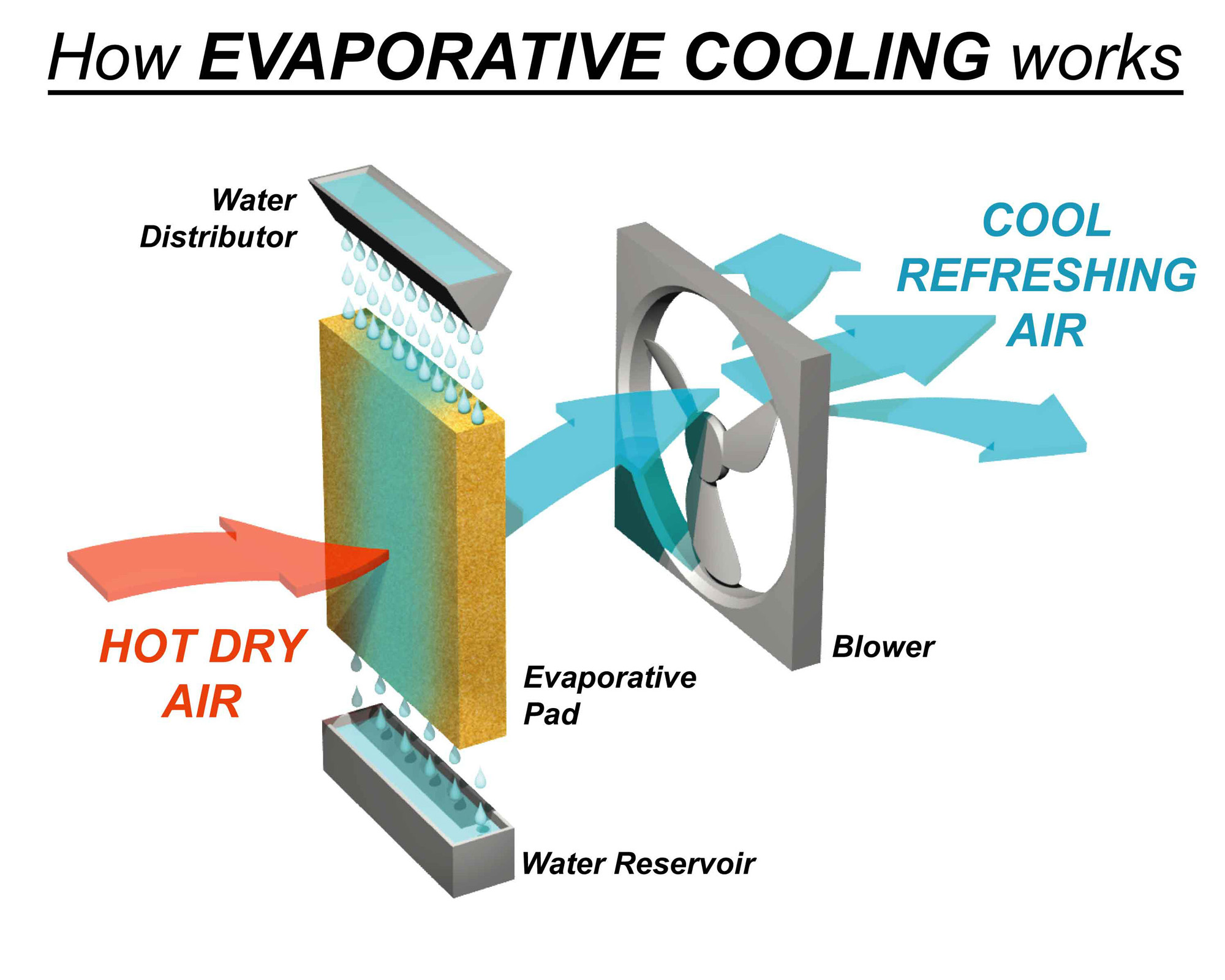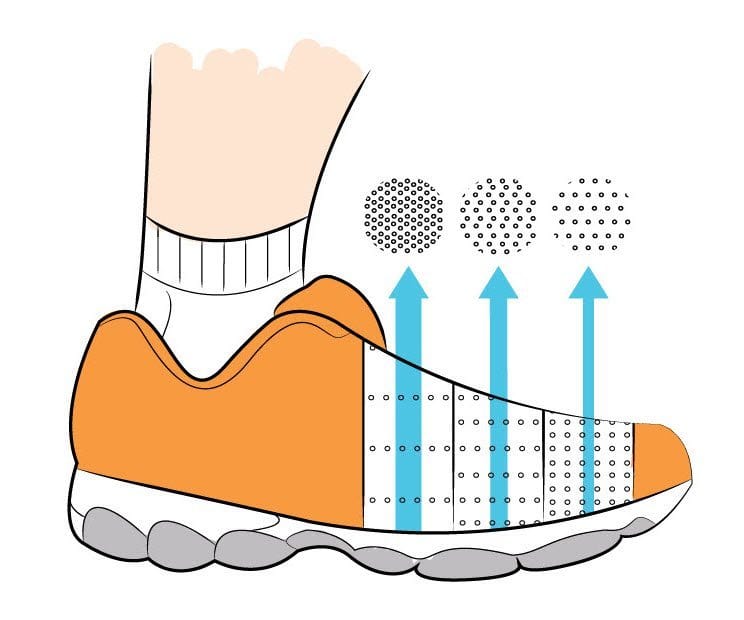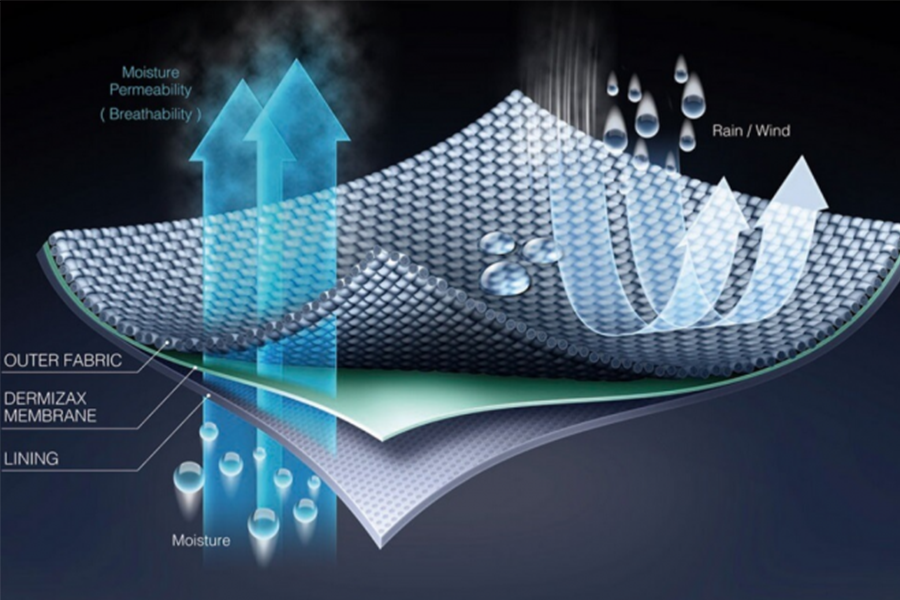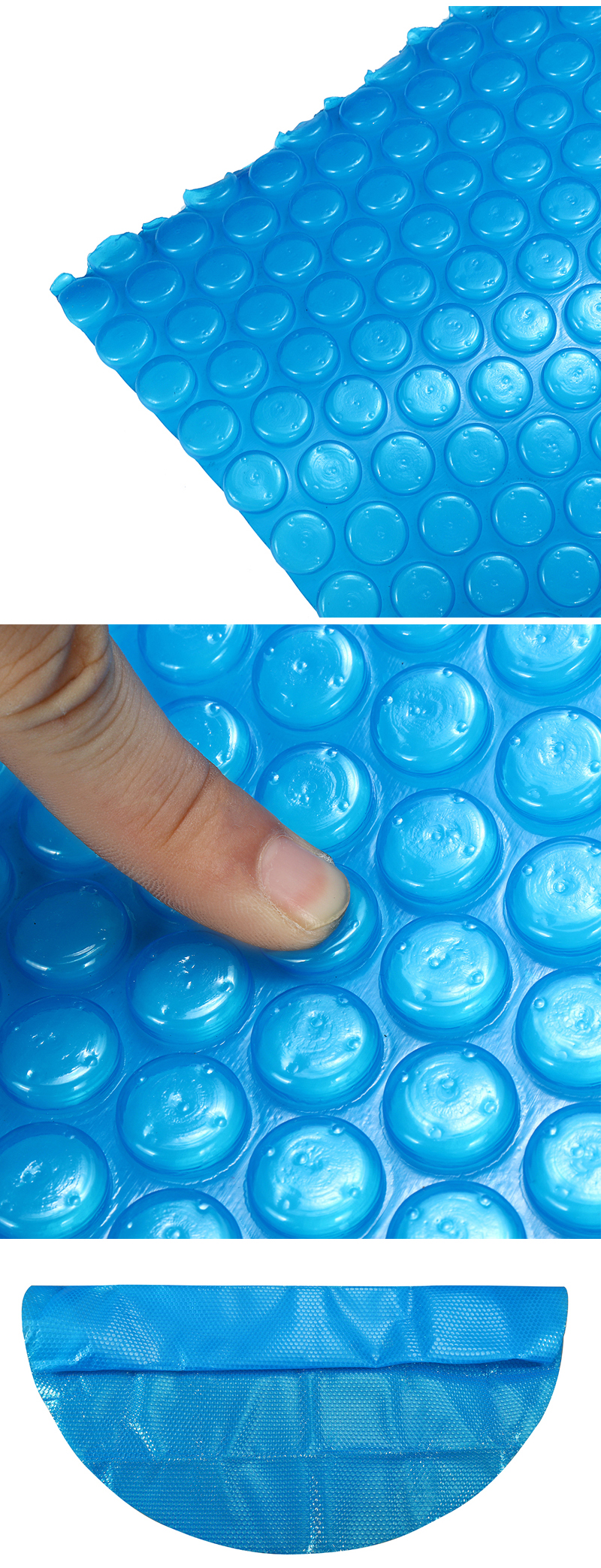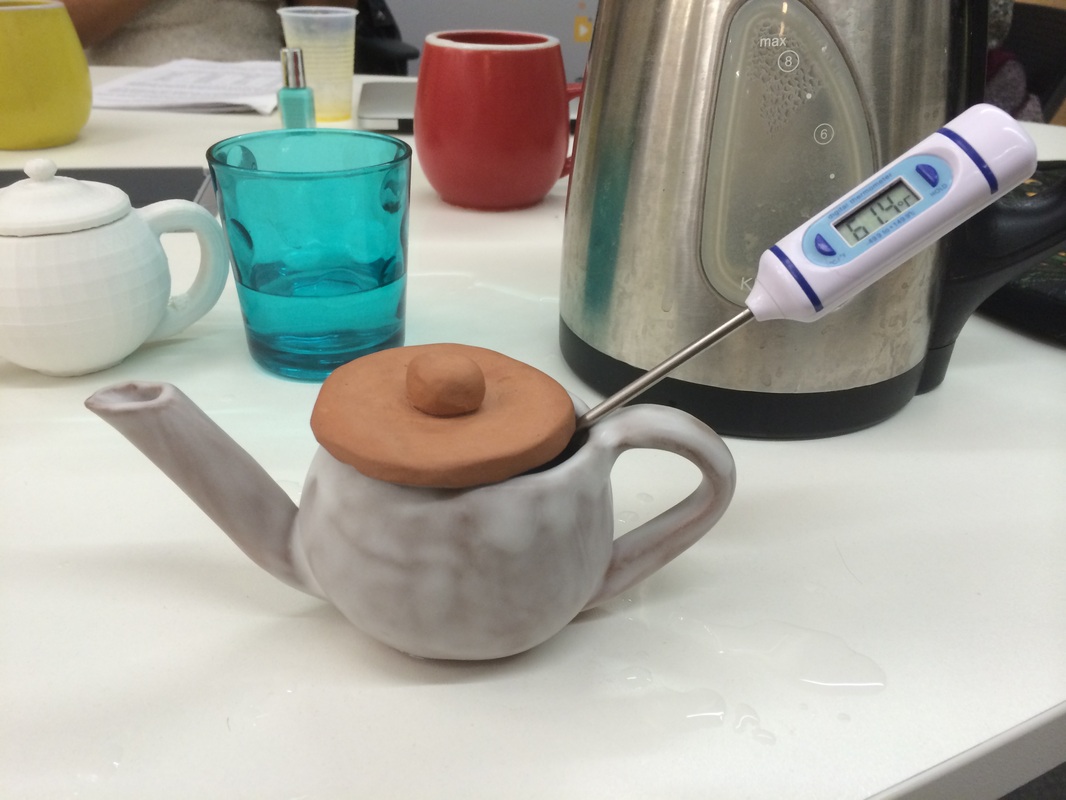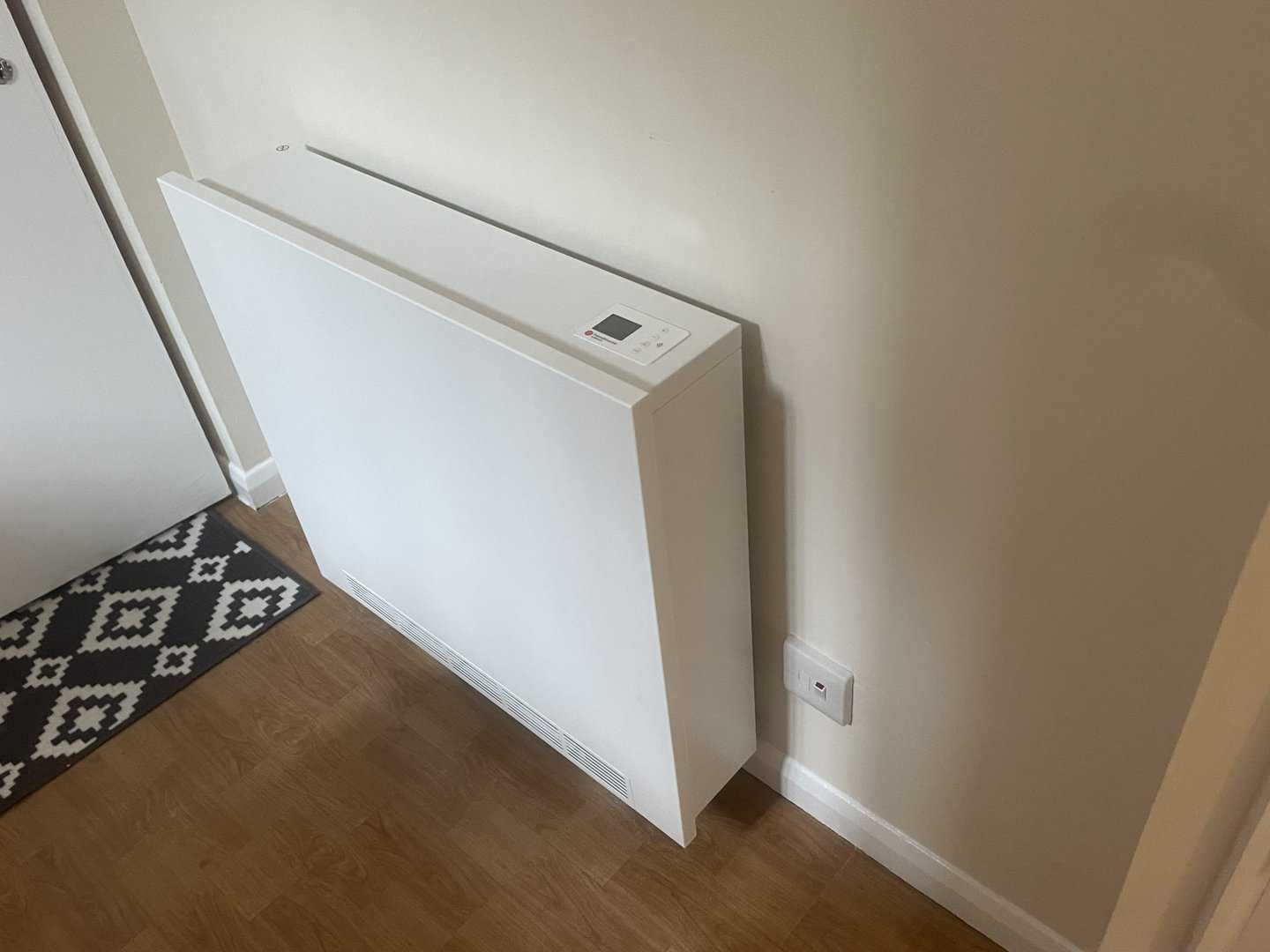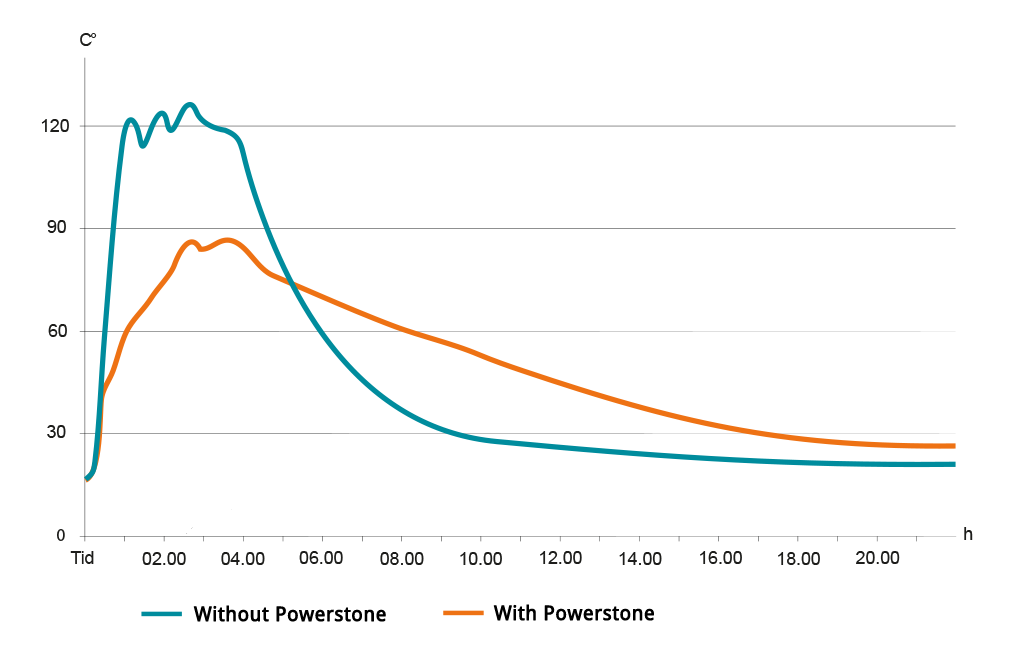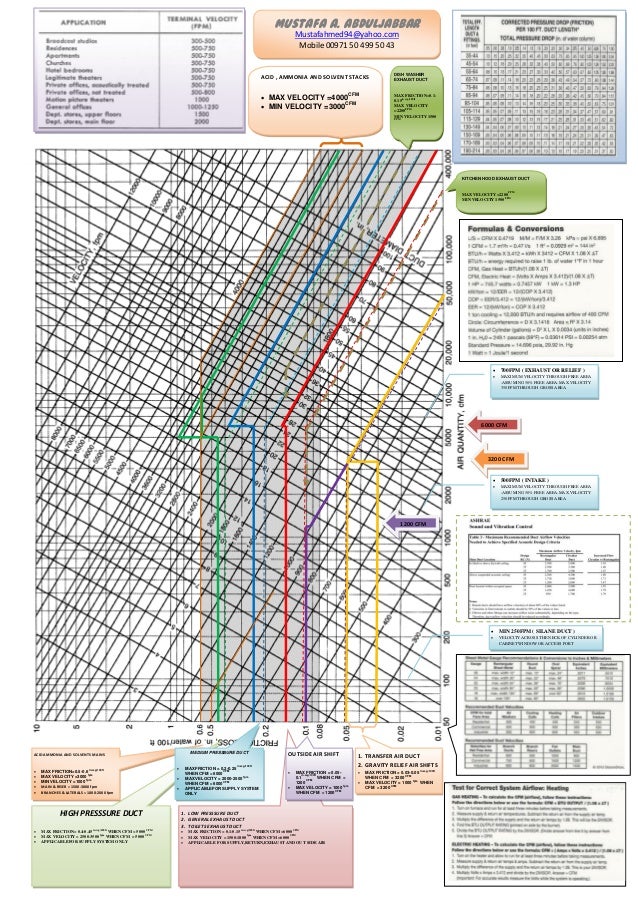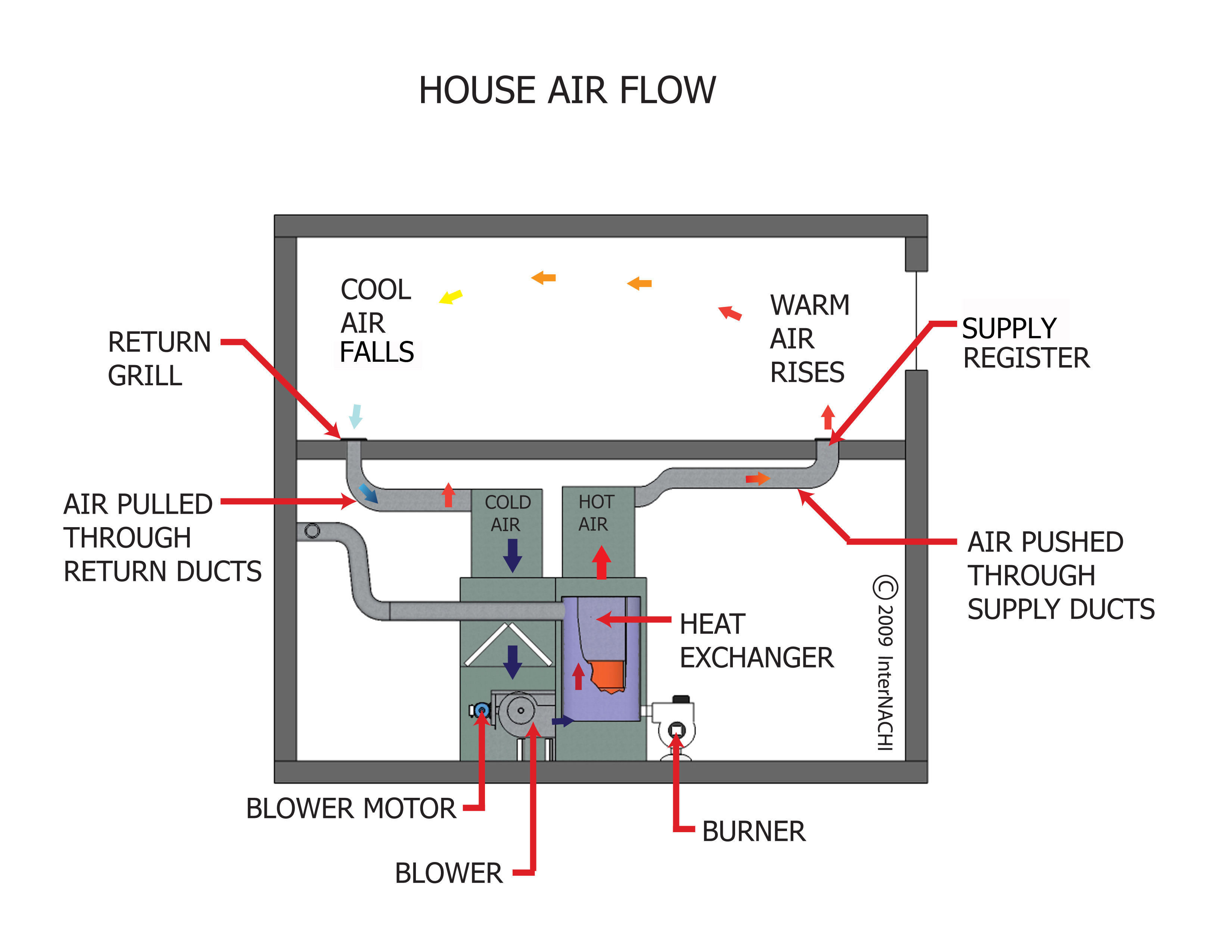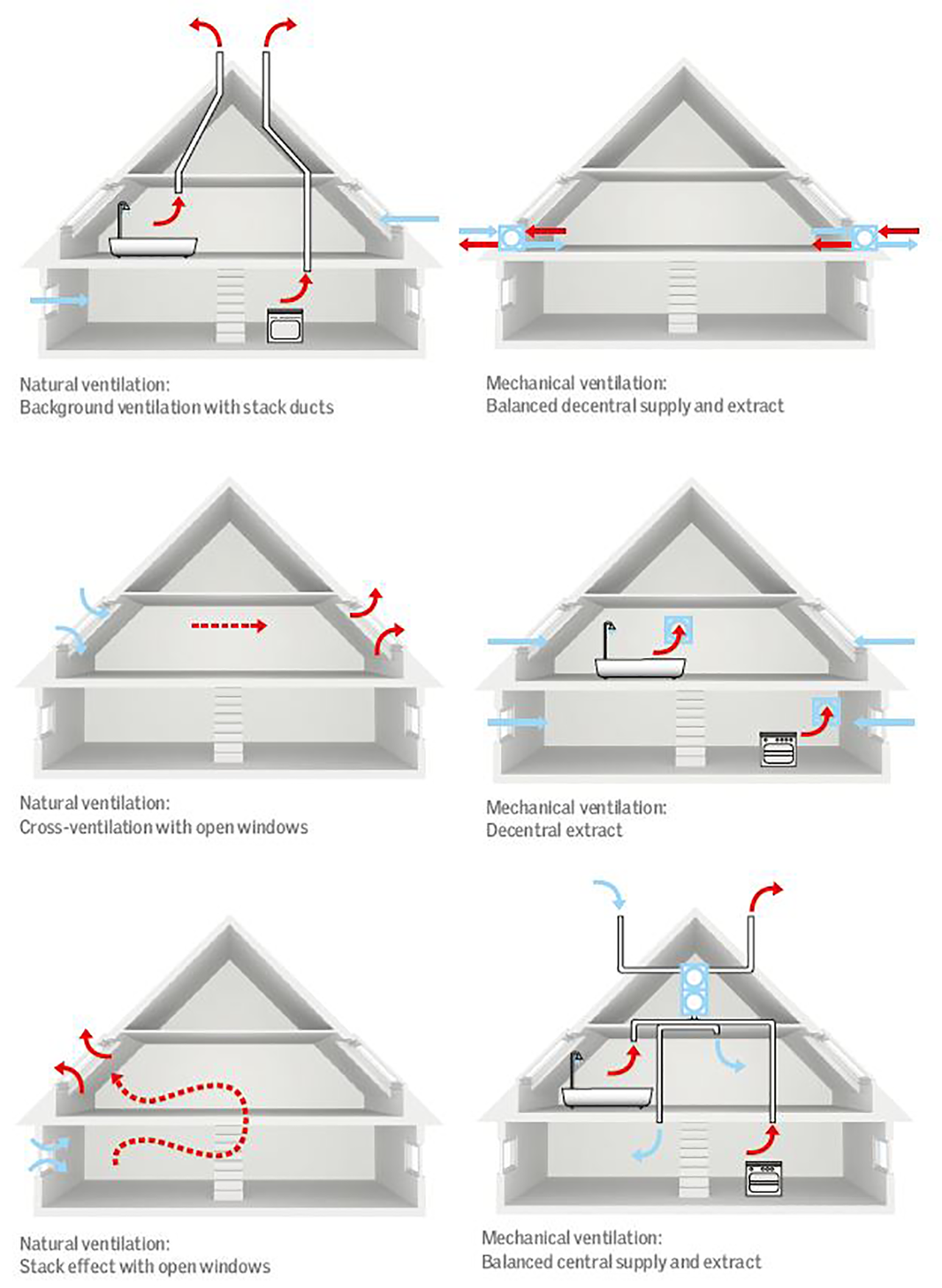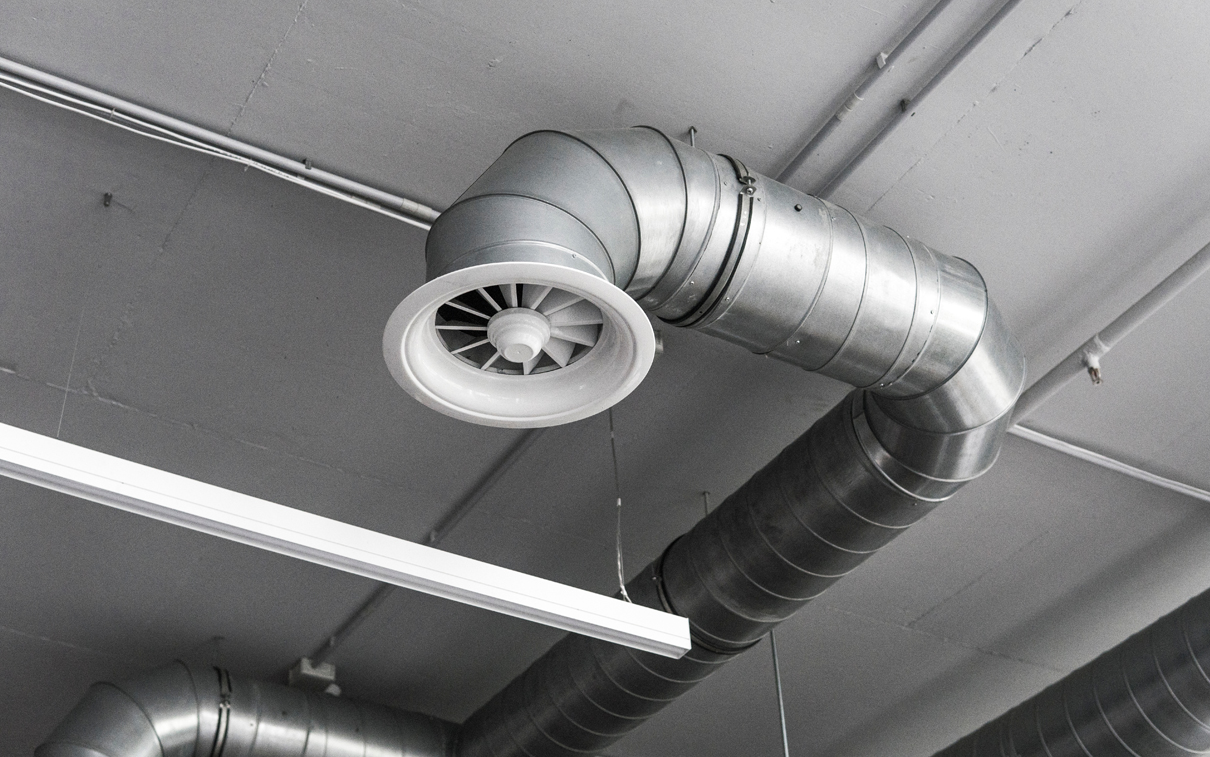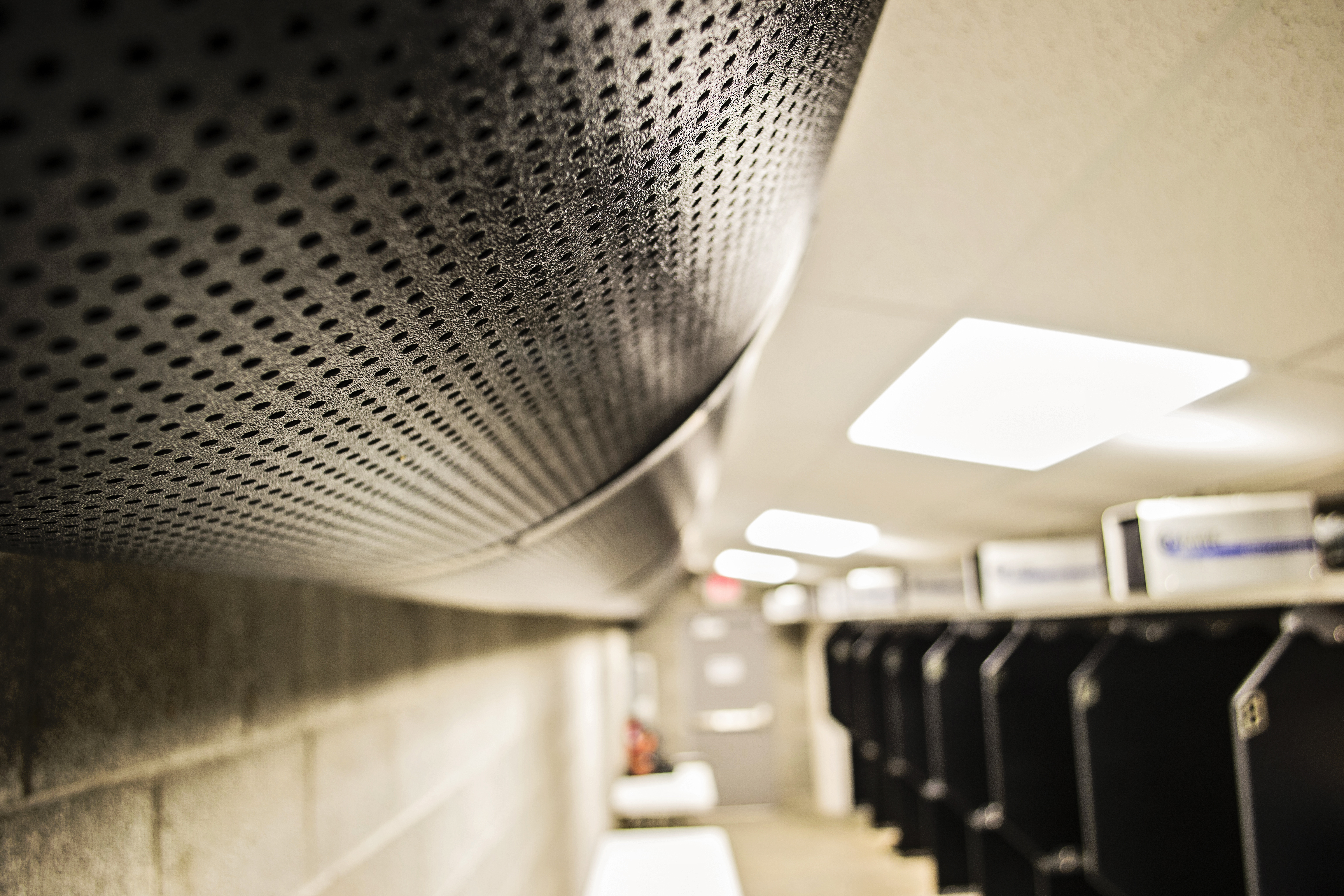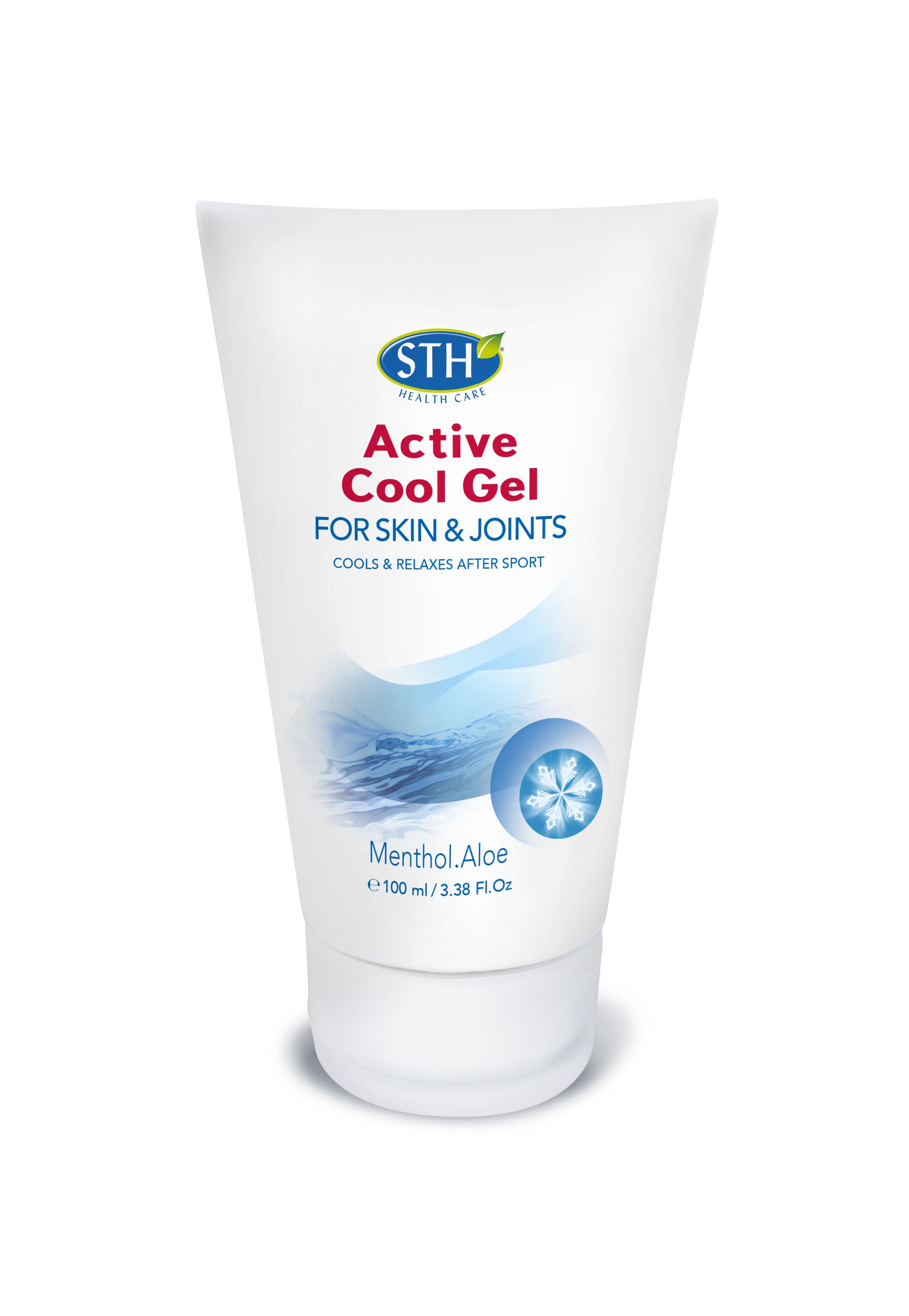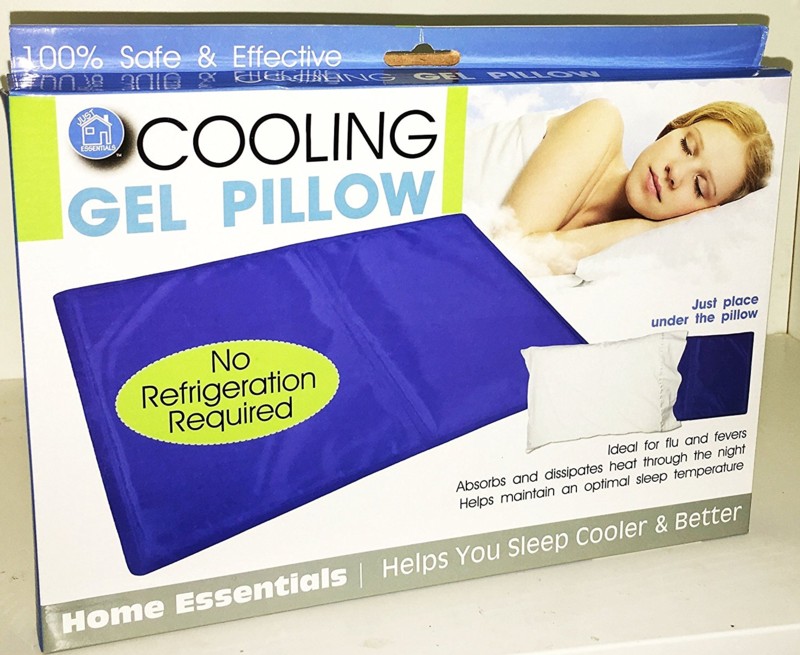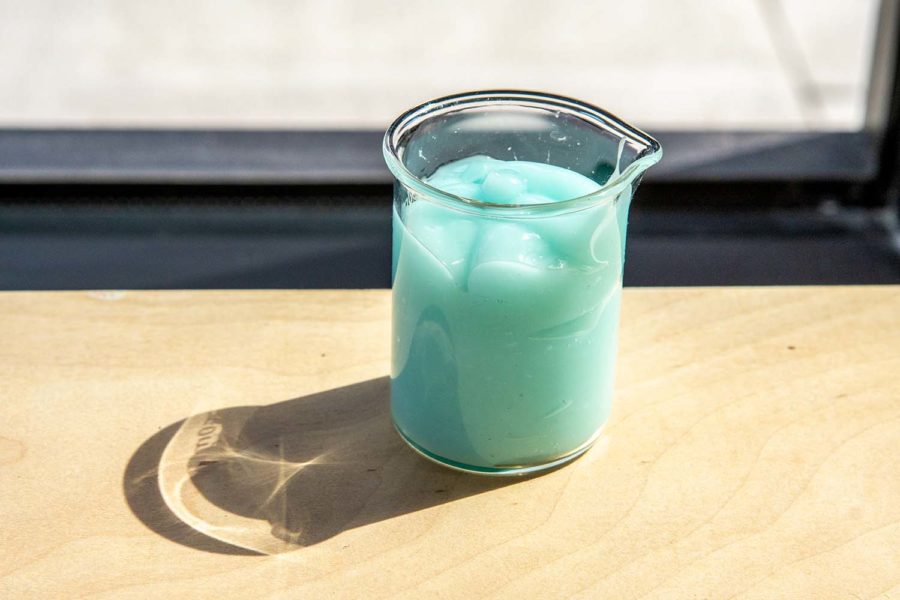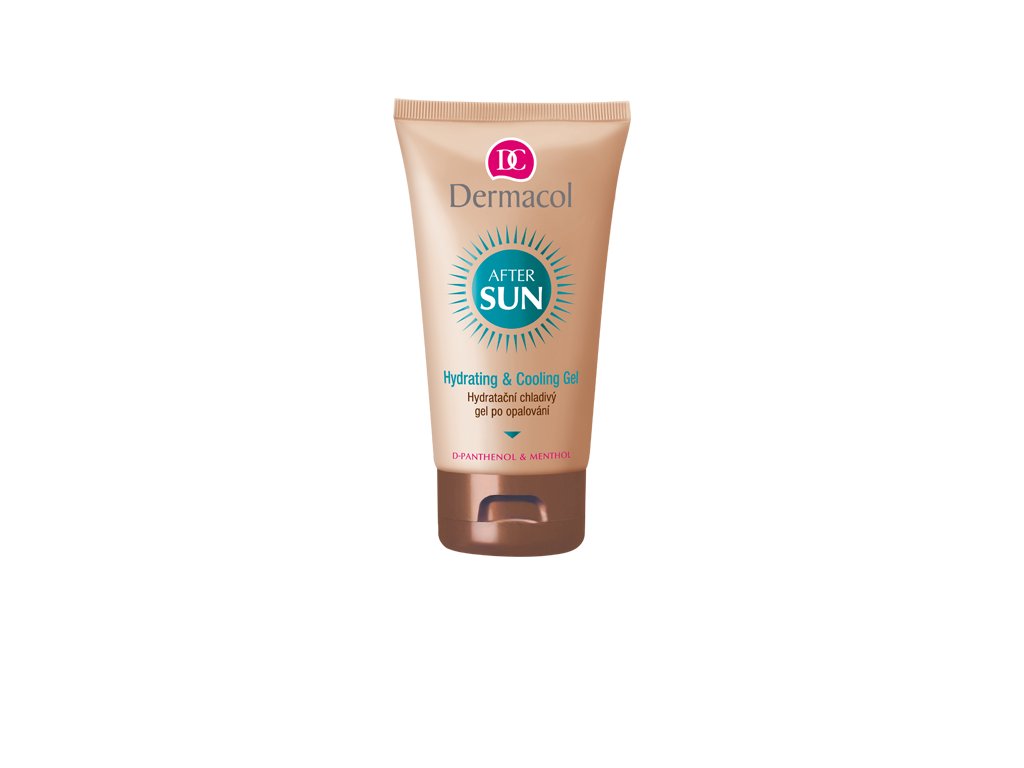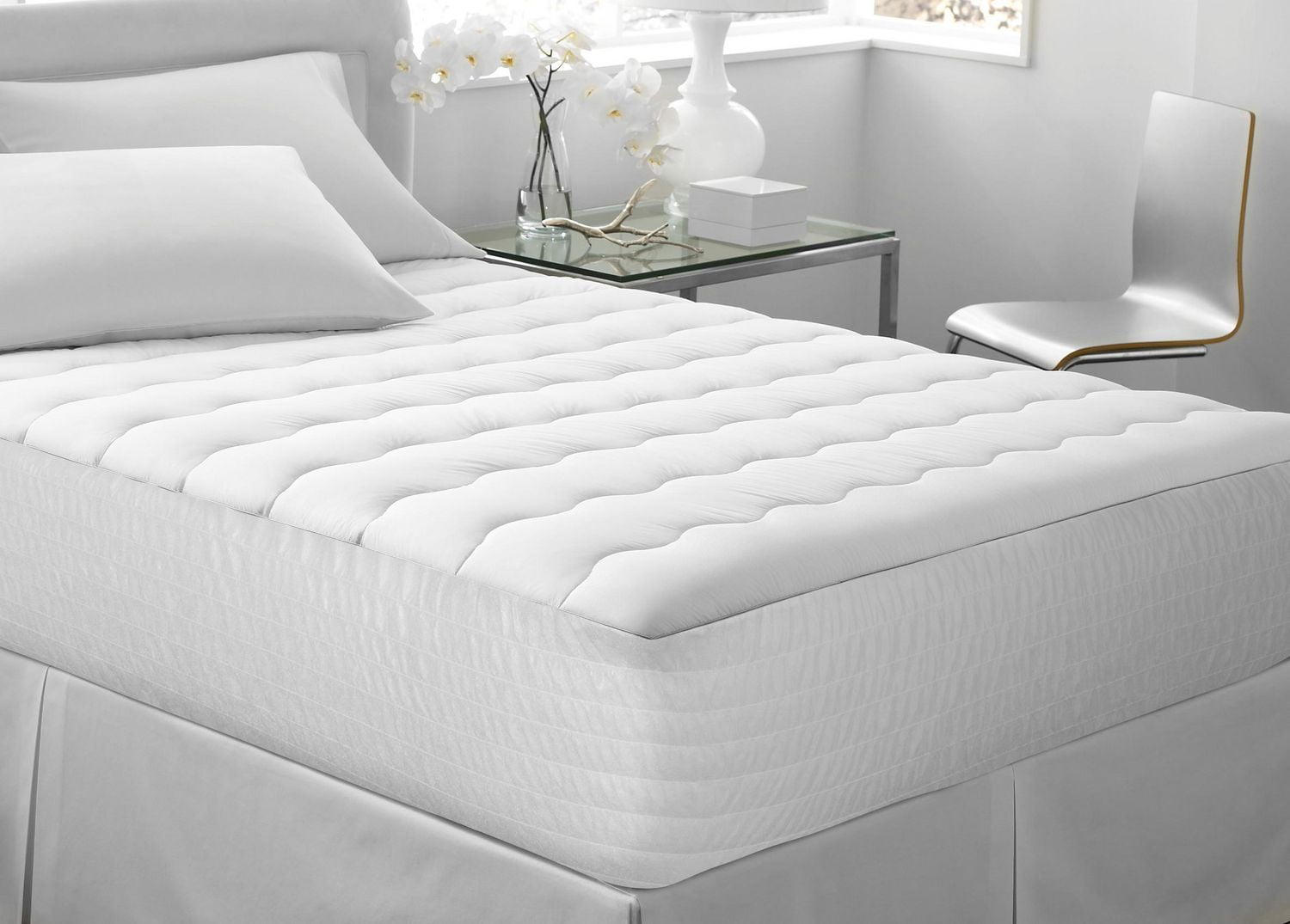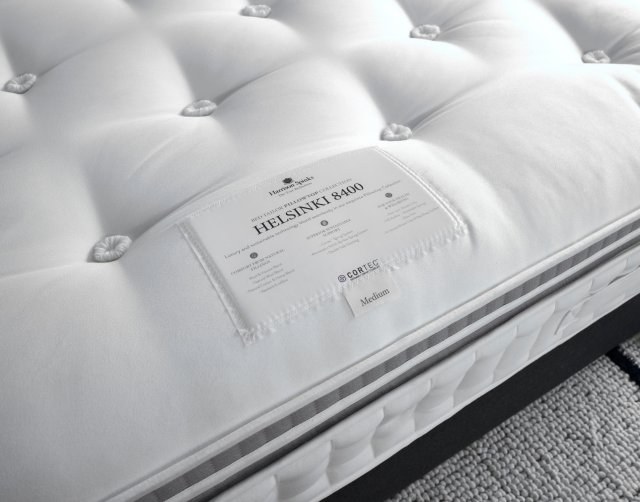1. The Science Behind Latex Foam Mattresses and Heat Retention
If you're in the market for a new mattress, you've probably come across the term "latex foam" and may be wondering if it's the right choice for you. One of the main concerns people have about latex foam mattresses is whether or not they sleep hot. Let's take a closer look at the science behind latex foam mattresses and heat retention.
2. Understanding the Role of Temperature in Sleep Quality
Before we dive into the specifics of latex foam mattresses and temperature, it's important to understand the role that temperature plays in sleep quality. The National Sleep Foundation recommends a room temperature of 60-67 degrees Fahrenheit for optimal sleep. This is because our body temperature naturally drops as we fall asleep, and a cool environment can help facilitate this process.
3. The Cooling Properties of Latex Foam
Latex foam is known for its cooling properties. This is because latex foam is a natural material that is highly breathable. It allows for air to flow freely, preventing heat from becoming trapped and causing discomfort while you sleep. This breathability helps to regulate your body temperature, keeping you cool and comfortable throughout the night.
4. Say Goodbye to Night Sweats with Latex Foam Mattresses
If you're someone who struggles with night sweats, a latex foam mattress may be just what you need. The open-cell structure of latex foam allows for better air circulation, which can help reduce the amount of sweat you produce while you sleep. It also wicks away moisture, keeping you cool and dry throughout the night.
5. Ventilation and Airflow for a Cooler Sleep
In addition to its natural breathability, latex foam mattresses are also designed with air flow and ventilation in mind. Many latex foam mattresses feature perforations or channels that promote air flow and allow for heat to escape. This helps to create a cooler sleeping surface and prevent heat from becoming trapped in the mattress.
6. Cooling Technology for Optimal Comfort
Some latex foam mattresses also come equipped with advanced cooling technology. This can include materials such as graphite, copper, or phase change materials that are designed to absorb and dissipate heat. These technologies can enhance the cooling properties of latex foam mattresses, providing you with a more comfortable and temperature-regulated sleep experience.
7. The Benefits of a Cooler Sleep
Aside from the obvious comfort factor, there are many benefits to getting a cooler sleep with a latex foam mattress. These include improved sleep quality, reduced risk of night sweats and overheating, and even potential health benefits such as better circulation and pain relief. A cooler sleep can also lead to a more restful and rejuvenating night's rest.
8. The Role of Bedding in Temperature Regulation
While the type of mattress you choose can have a significant impact on your sleep temperature, it's also important to consider the role of bedding. Opting for breathable, moisture-wicking sheets and a lightweight comforter or duvet can help to further enhance the cooling properties of your latex foam mattress.
9. Cooling Gel for Extra Comfort
Some latex foam mattresses also come with a layer of cooling gel. This gel is typically infused into the foam and is designed to provide additional cooling and comfort. It can also help to reduce pressure points and promote better spinal alignment for a more comfortable and supportive sleep.
10. The Verdict: Latex Foam Mattresses are Not Hot
After examining the science behind latex foam mattresses and heat retention, it's safe to say that they are not hot. In fact, they are designed with cooling and breathability in mind to provide you with a comfortable and temperature-regulated sleep. So if you're in the market for a new mattress, don't let the fear of sleeping hot hold you back from experiencing the many benefits of a latex foam mattress.
Is Latex Foam Mattress Hot?
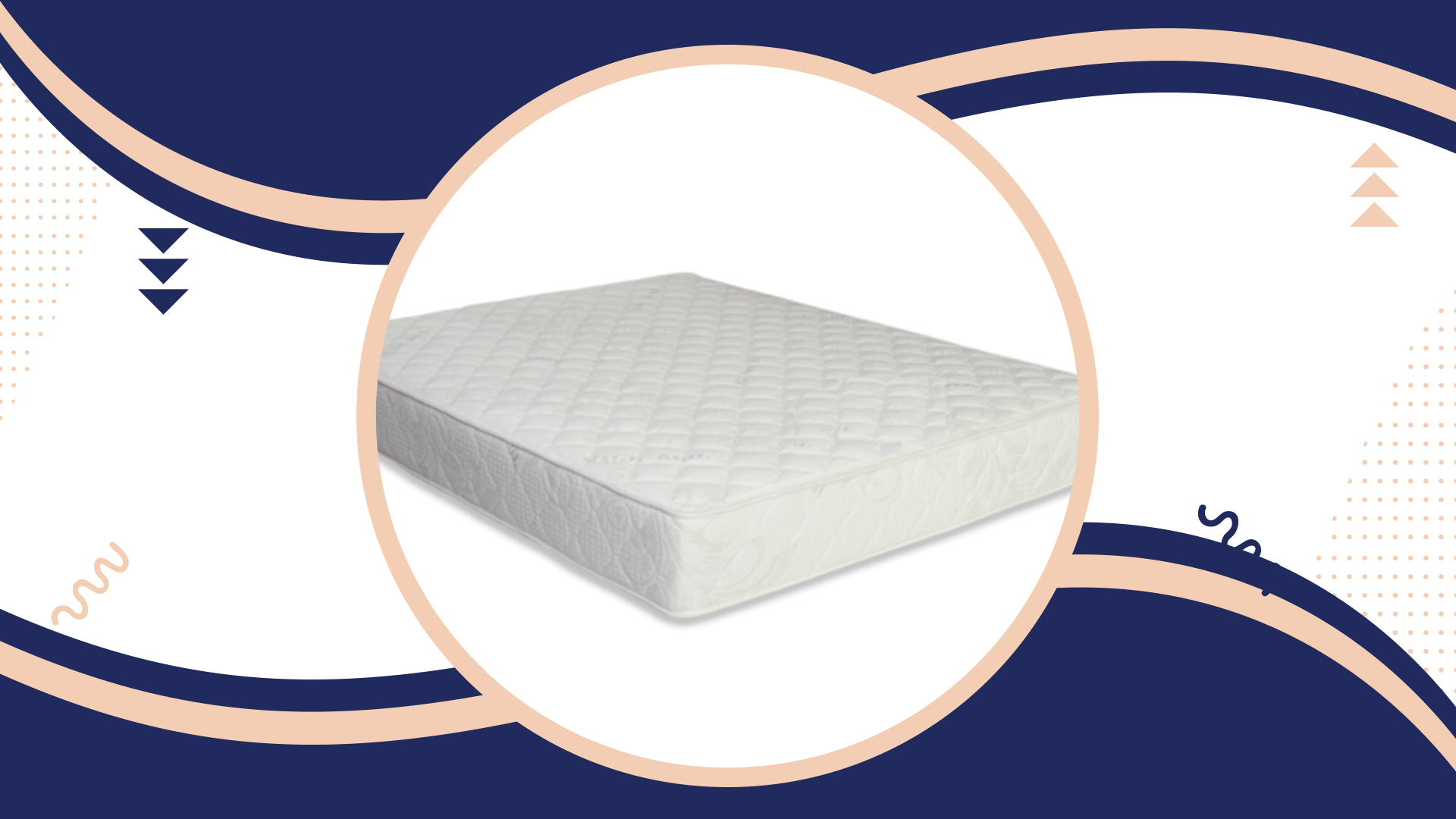
Understanding the Temperature Regulation of Latex Foam Mattresses
 When it comes to getting a good night's sleep, the temperature of your mattress can play a crucial role. A mattress that traps heat can leave you tossing and turning all night, leading to a restless and uncomfortable sleep. This is why many people are turning to latex foam mattresses, known for their ability to regulate temperature and provide a cool and comfortable sleep experience. But is latex foam mattress really hot? Let's dive deeper into the science behind latex foam mattresses and their temperature regulation capabilities.
Latex foam
is a type of mattress material that is made from the sap of rubber trees. The material is known for its natural elasticity and breathability, making it an ideal choice for mattresses. Latex foam is also known to have an open cell structure, which allows for better air circulation and heat dissipation. This means that unlike traditional memory foam mattresses, which are known for trapping heat, latex foam mattresses are able to keep you cool and comfortable throughout the night.
One of the main reasons why latex foam mattresses are able to regulate temperature so effectively is due to their natural materials.
Natural latex foam
is made from organic materials, which are known for their breathable and moisture-wicking properties. This means that as you sleep, any excess heat or moisture is drawn away from your body, leaving you feeling cool and dry. In contrast, synthetic materials used in traditional mattresses can trap heat and cause discomfort.
Another factor that contributes to the temperature regulation of latex foam mattresses is their
cell structure
. As mentioned earlier, latex foam has an open cell structure, which allows for better air circulation. This means that any heat or moisture trapped between you and the mattress can easily escape, keeping your body at a comfortable temperature. In contrast, traditional mattresses with a closed cell structure can trap heat and create a hot and uncomfortable sleeping environment.
Additionally, many latex foam mattresses come with
cooling technologies
that further enhance their temperature regulating capabilities. These may include gel-infused foams, phase change materials, or breathable cover materials, all designed to provide a cool and comfortable sleep surface. So, if you are someone who tends to sleep hot, investing in a latex foam mattress with cooling technologies can be a game-changer for your sleep quality.
In conclusion, the answer to the question "is latex foam mattress hot?" is a resounding no. With its natural materials, open cell structure, and cooling technologies, latex foam mattresses are designed to keep you cool and comfortable throughout the night. So, if you are in the market for a new mattress and want to ensure a cool and restful sleep, consider investing in a latex foam mattress. Your body and mind will thank you.
When it comes to getting a good night's sleep, the temperature of your mattress can play a crucial role. A mattress that traps heat can leave you tossing and turning all night, leading to a restless and uncomfortable sleep. This is why many people are turning to latex foam mattresses, known for their ability to regulate temperature and provide a cool and comfortable sleep experience. But is latex foam mattress really hot? Let's dive deeper into the science behind latex foam mattresses and their temperature regulation capabilities.
Latex foam
is a type of mattress material that is made from the sap of rubber trees. The material is known for its natural elasticity and breathability, making it an ideal choice for mattresses. Latex foam is also known to have an open cell structure, which allows for better air circulation and heat dissipation. This means that unlike traditional memory foam mattresses, which are known for trapping heat, latex foam mattresses are able to keep you cool and comfortable throughout the night.
One of the main reasons why latex foam mattresses are able to regulate temperature so effectively is due to their natural materials.
Natural latex foam
is made from organic materials, which are known for their breathable and moisture-wicking properties. This means that as you sleep, any excess heat or moisture is drawn away from your body, leaving you feeling cool and dry. In contrast, synthetic materials used in traditional mattresses can trap heat and cause discomfort.
Another factor that contributes to the temperature regulation of latex foam mattresses is their
cell structure
. As mentioned earlier, latex foam has an open cell structure, which allows for better air circulation. This means that any heat or moisture trapped between you and the mattress can easily escape, keeping your body at a comfortable temperature. In contrast, traditional mattresses with a closed cell structure can trap heat and create a hot and uncomfortable sleeping environment.
Additionally, many latex foam mattresses come with
cooling technologies
that further enhance their temperature regulating capabilities. These may include gel-infused foams, phase change materials, or breathable cover materials, all designed to provide a cool and comfortable sleep surface. So, if you are someone who tends to sleep hot, investing in a latex foam mattress with cooling technologies can be a game-changer for your sleep quality.
In conclusion, the answer to the question "is latex foam mattress hot?" is a resounding no. With its natural materials, open cell structure, and cooling technologies, latex foam mattresses are designed to keep you cool and comfortable throughout the night. So, if you are in the market for a new mattress and want to ensure a cool and restful sleep, consider investing in a latex foam mattress. Your body and mind will thank you.

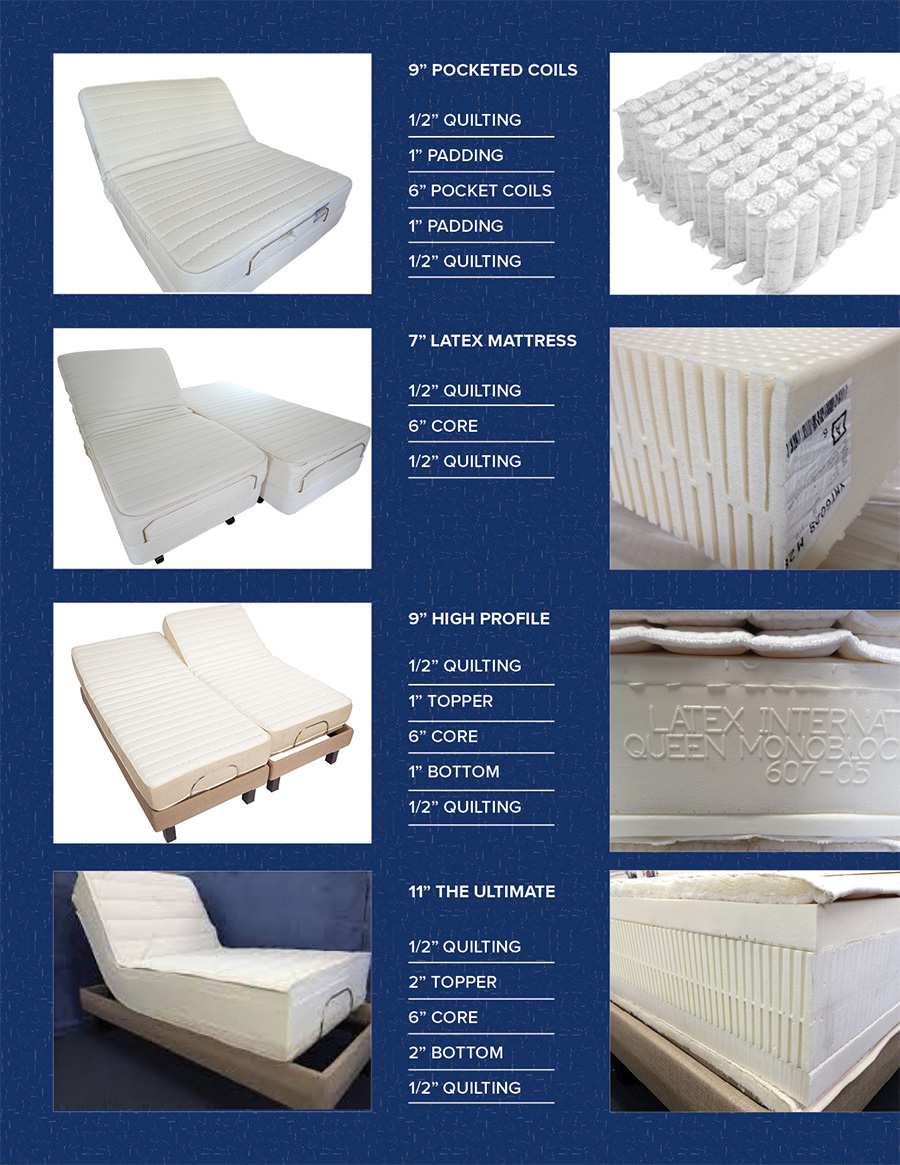

:max_bytes(150000):strip_icc()/SleeponLatex-b287d38f89374e4685ab0522b2fe1929.jpeg)
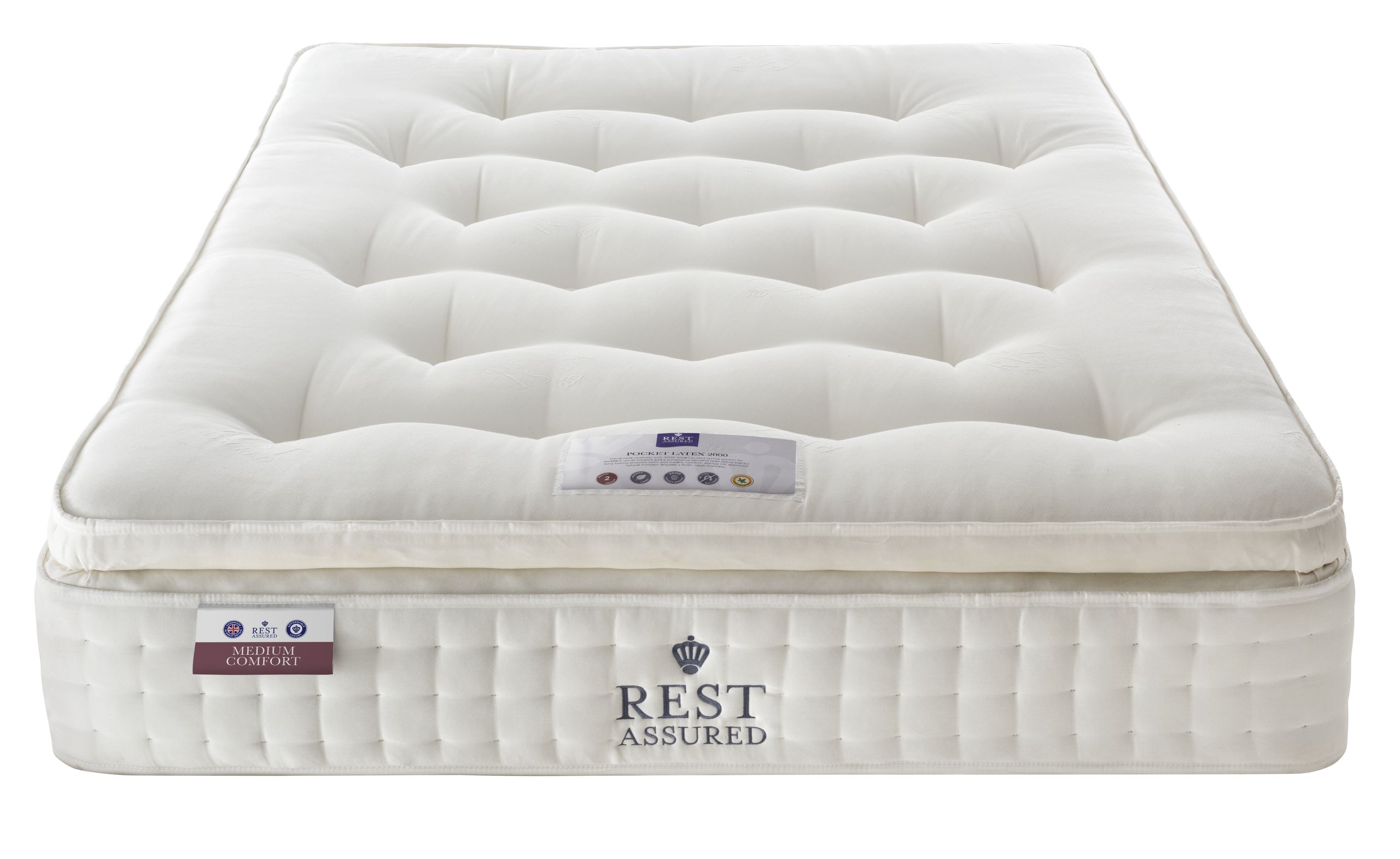

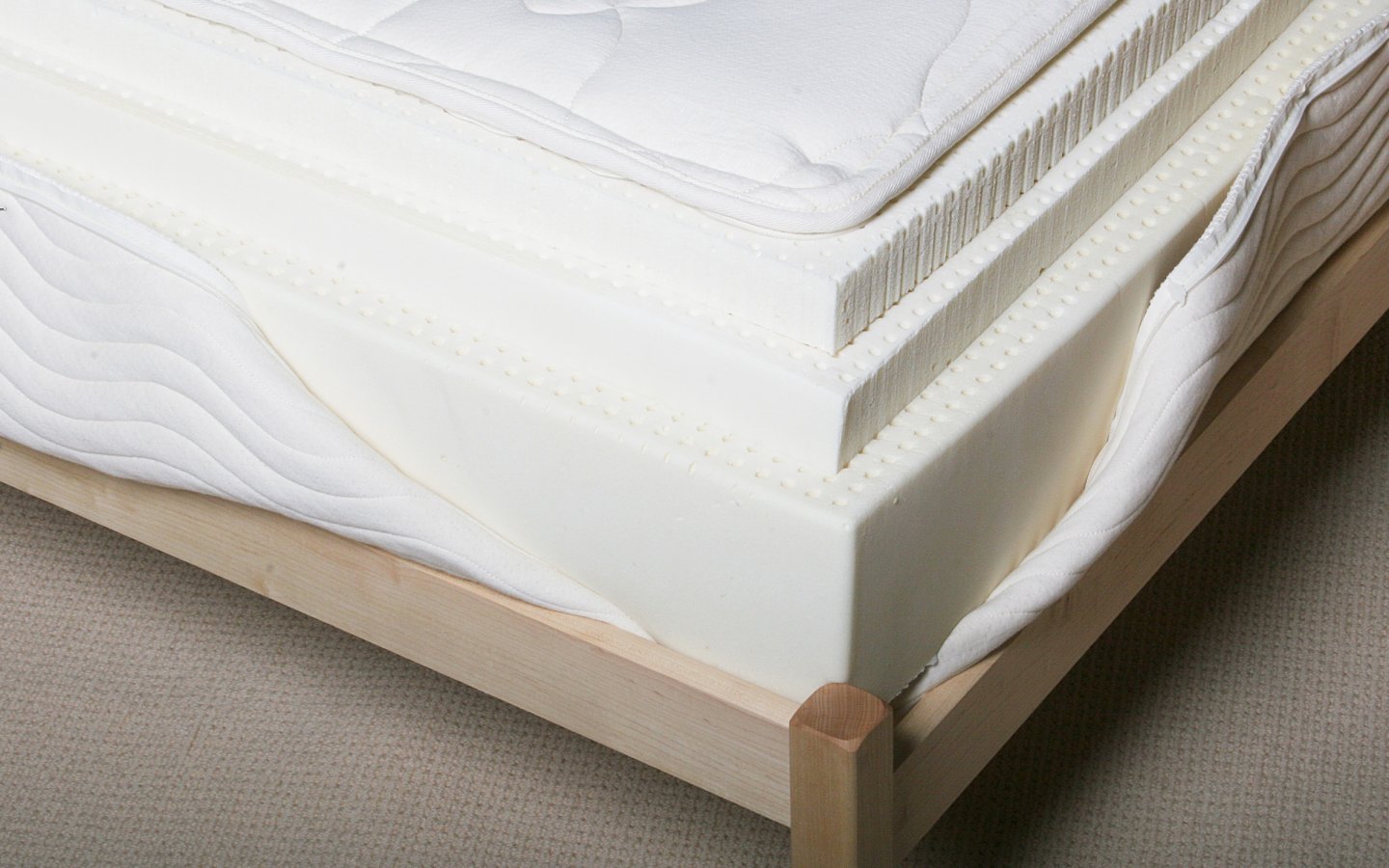
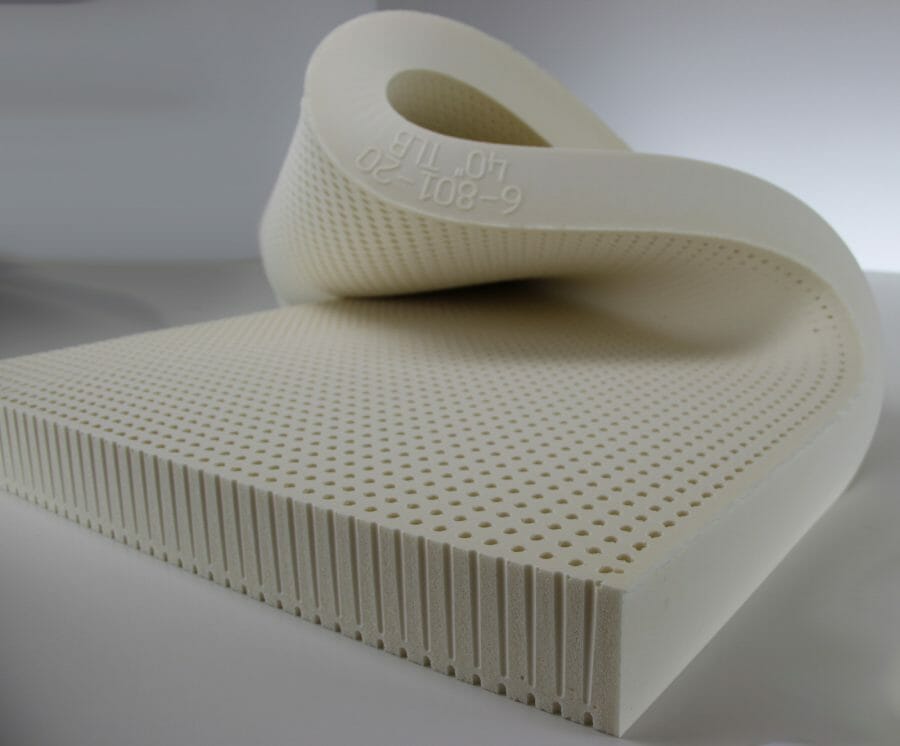
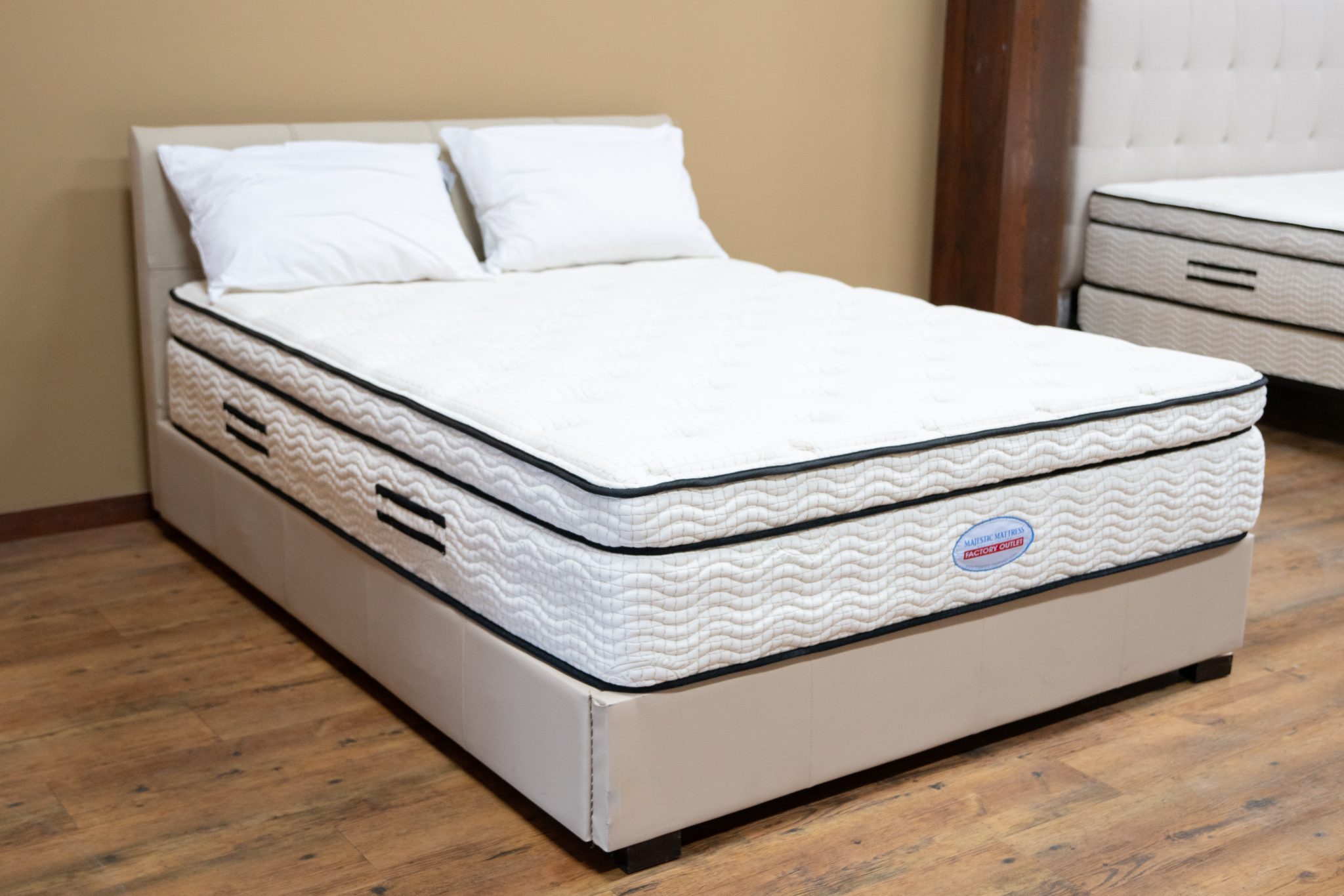














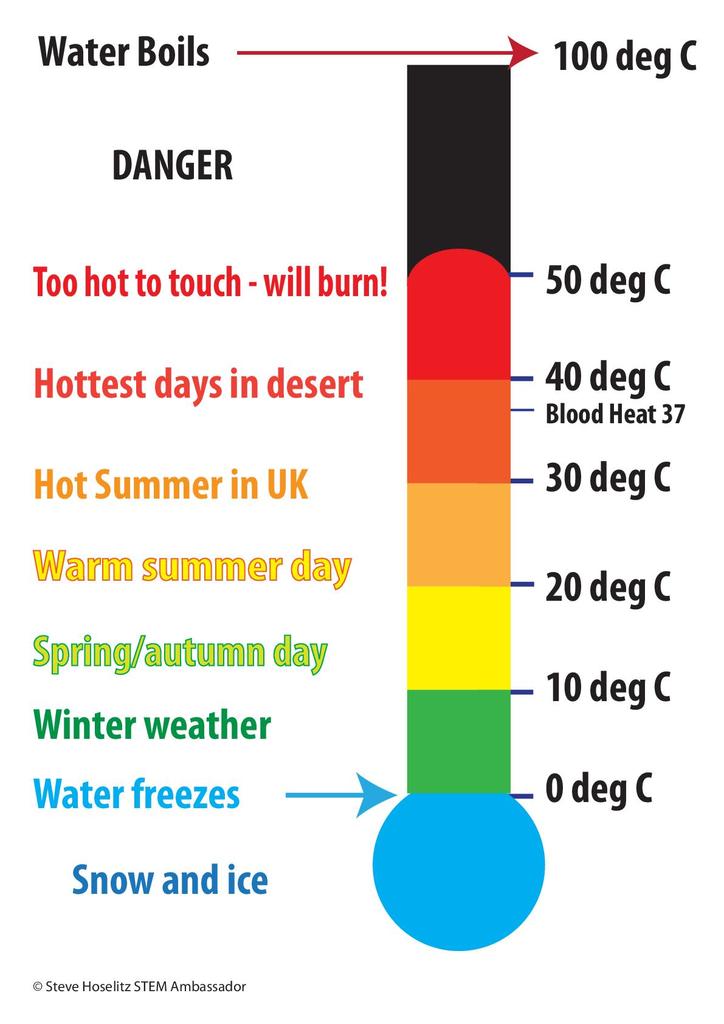
/GettyImages-10099027-56cc7c4c3df78cfb37a050cd.jpg)





